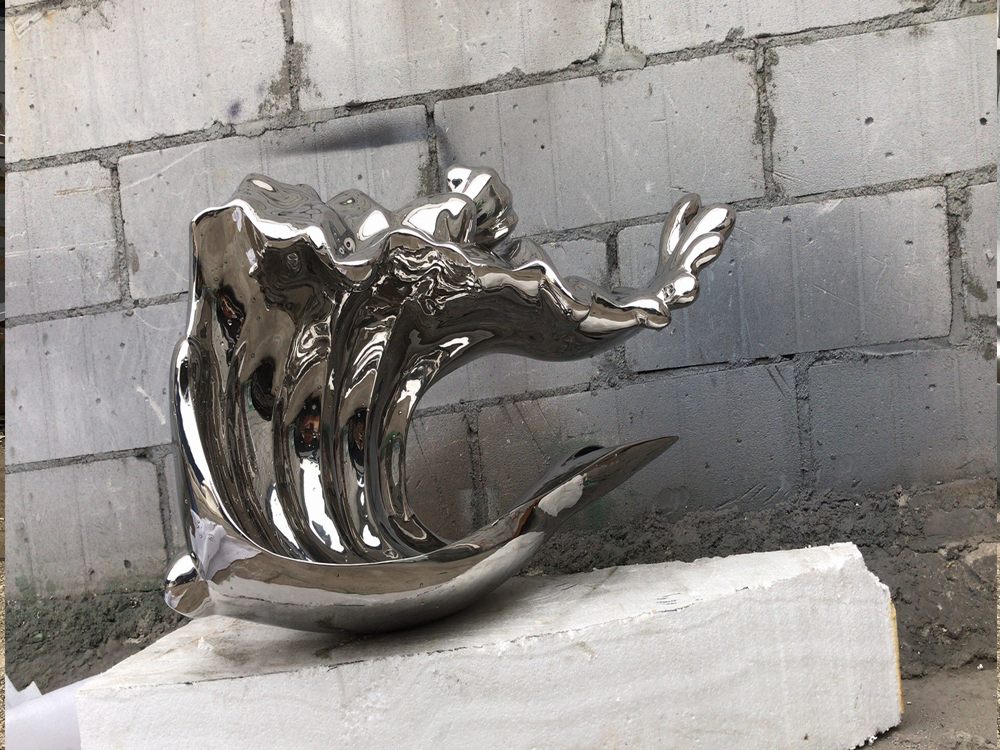
Artists skillfully manipulate stone surfaces to create captivating contrasts between smooth and textured areas, transforming raw materials into dynamic works of art. Through careful material selection, sculptors often choose stones with natural variations in hardness and grain that respond differently to tools. The creative process typically begins with rough shaping using chisels and hammers to establish textured areas, followed by progressively finer abrasives to polish smooth sections.
Master craftsmen employ specialized techniques like differential polishing, where certain areas receive more refinement than others. Some artists intentionally leave tool marks or use bush hammers to enhance texture, while adjacent surfaces may be buffed to a mirror-like finish. The juxtaposition of these surfaces creates visual tension and depth, guiding the viewer's eye across the sculpture.
Contemporary artists often combine traditional hand tools with modern technology, using diamond abrasives for ultra-smooth finishes alongside intentionally fractured sections. Environmental factors like light direction dramatically affect how these contrasts are perceived, with textured areas absorbing light while smooth surfaces reflect it. This interplay of tactile qualities transforms static stone into dynamic artistic expressions that invite both visual and physical exploration.
The most successful works balance these extremes, using contrast to highlight form, suggest movement, or convey symbolic meaning. From ancient marble statues to modern abstract installations, this fundamental technique continues to evolve while remaining central to stone artistry.

